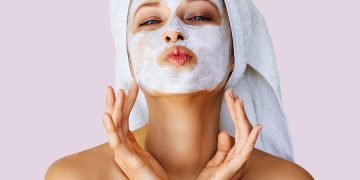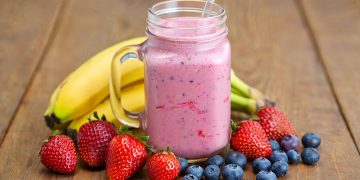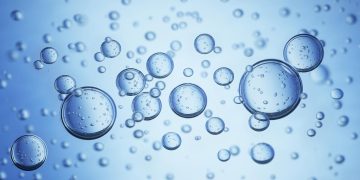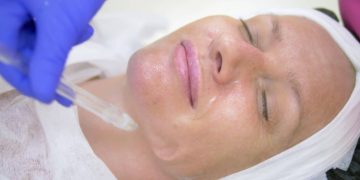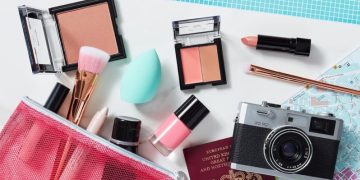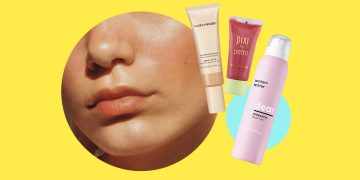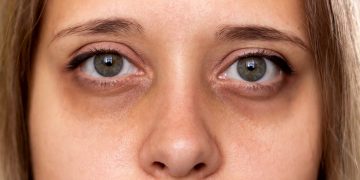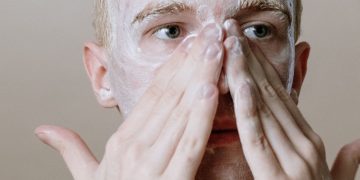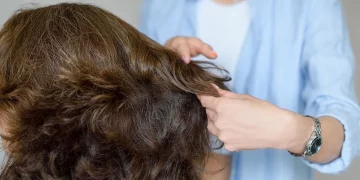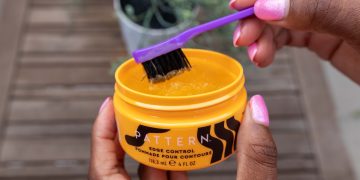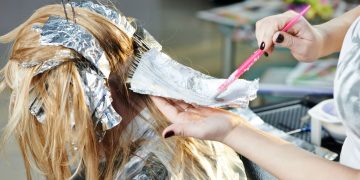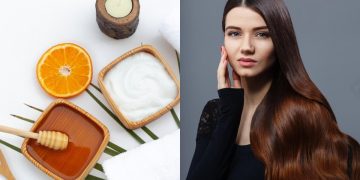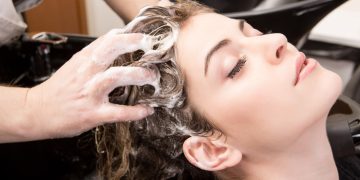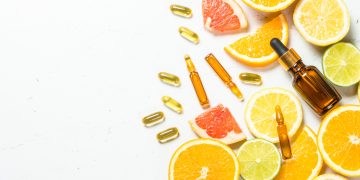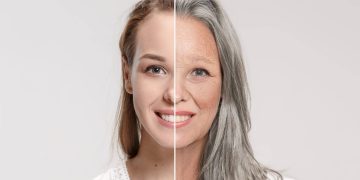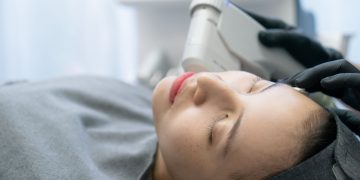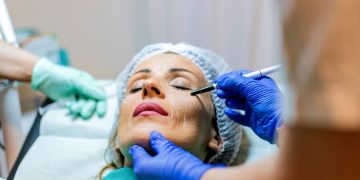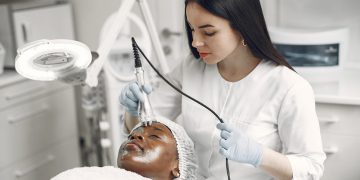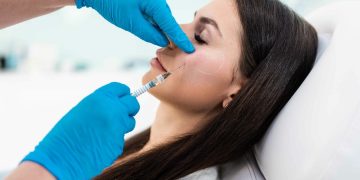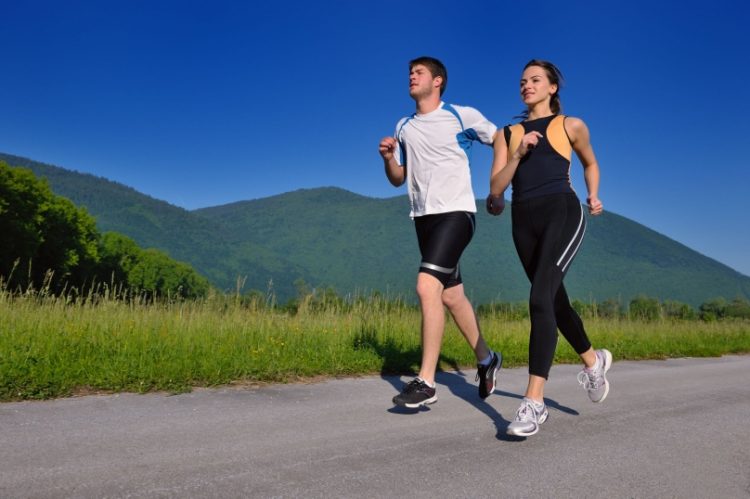Introduction
When we think about beauty, we often focus on the external—smooth skin, shiny hair, and a glowing complexion. However, inner beauty plays an equally important role in how we appear on the outside. One of the most powerful ways to enhance our inner beauty is through exercise. But did you know that exercise doesn’t just shape your body and boost your mood? It can transform your skin, too!
Exercise has a profound impact on our overall health, and its benefits extend well beyond muscle tone and weight management. Regular physical activity can directly influence your skin’s health, giving you a natural glow and improving your complexion. In this article, we’ll explore how exercise affects your skin, the scientific benefits behind it, and how you can use exercise to improve your skin quality.
Let’s dive into how fitness isn’t just about looking good—it’s about feeling great from the inside out, radiating both inner and outer beauty!
1. How Exercise Enhances Skin Health
1.1. Increased Blood Circulation
One of the most significant benefits of exercise is the improvement in blood circulation. When you exercise, your heart rate increases, and blood is pumped more effectively through your body. This enhanced circulation delivers more oxygen and nutrients to your skin, promoting cell repair and regeneration.
As a result, your skin receives a better supply of the vitamins and minerals it needs to remain healthy, giving you a fresh, glowing complexion. Increased circulation also helps with the removal of toxins and waste products through the lymphatic system, promoting clearer skin and reducing the likelihood of clogged pores and breakouts.
1.2. Collagen Production Boost
Exercise stimulates the production of collagen, the protein responsible for maintaining your skin’s structure and elasticity. Collagen is essential for keeping skin firm, plump, and smooth. As we age, collagen production decreases, leading to the appearance of fine lines, wrinkles, and sagging skin.
Regular physical activity helps revitalize collagen production, which can slow down the effects of aging and keep your skin looking youthful. Whether you’re running, swimming, or doing yoga, exercise activates the skin’s natural ability to produce collagen, improving its overall elasticity and tone.
1.3. Stress Reduction and Hormonal Balance
Exercise is one of the best ways to reduce stress. During physical activity, your body releases endorphins, the “feel-good” hormones that improve your mood and decrease feelings of anxiety or stress. Stress is a known contributor to many skin problems, including acne, eczema, and psoriasis.
When you’re stressed, your body produces more of the hormone cortisol, which can lead to skin inflammation and breakouts. By incorporating regular exercise into your routine, you can reduce cortisol levels, keep your skin calm, and prevent stress-induced skin flare-ups.
Furthermore, physical activity helps regulate other hormones, like insulin, which can impact skin health. Hormonal imbalances are often linked to issues like acne and oily skin, so exercise can help keep your skin clear and balanced.
2. Exercise for Different Skin Types
Not all skin types react to exercise in the same way, and understanding how your skin behaves can help you maximize the benefits of your workout routine.
2.1. Oily Skin
If you have oily skin, exercise can be incredibly beneficial. While sweating during a workout may initially seem like it would worsen oiliness or lead to clogged pores, the opposite is true. Exercise helps regulate oil production by balancing hormone levels and improving blood circulation.
However, after sweating, it’s important to cleanse your skin thoroughly to remove excess oils and sweat, which can otherwise clog pores. A good skincare routine after exercise—such as a gentle cleansing gel or micellar water—can keep breakouts at bay.
2.2. Dry Skin
Exercise can actually help hydrate dry skin! The increased blood flow helps deliver more moisture to the skin cells, preventing dryness and dullness. However, if you have very dry skin, be sure to replenish moisture after your workout by using a hydrating moisturizer that locks in moisture, and always hydrate with plenty of water.
Also, consider incorporating gentle exercises like yoga or walking into your routine. Intense, high-impact exercise may cause dry skin to become more sensitive, so balance it out with less aggressive workouts if dryness is a concern.
2.3. Sensitive Skin
If you have sensitive skin, be mindful of the type of exercise you choose. While exercise is generally great for sensitive skin because it reduces stress and enhances circulation, sweating may irritate the skin in some cases.
To avoid irritation, focus on low-impact activities like swimming or yoga, and always wash your face immediately after a workout to avoid sweat buildup. You should also avoid harsh, exfoliating skincare products post-workout, as they may aggravate sensitive skin.
2.4. Acne-Prone Skin
Regular exercise can help combat acne by reducing the stress and inflammation that trigger breakouts. As exercise helps balance hormones and improves blood flow, your skin can more effectively combat acne-causing bacteria. However, make sure to wash your face immediately after exercise to avoid clogged pores from sweat and bacteria buildup.
If you’re concerned about acne, consider using a non-comedogenic moisturizer and avoid heavy makeup during workouts. After exercising, be diligent about cleansing and hydrating your skin to maintain a clear complexion.
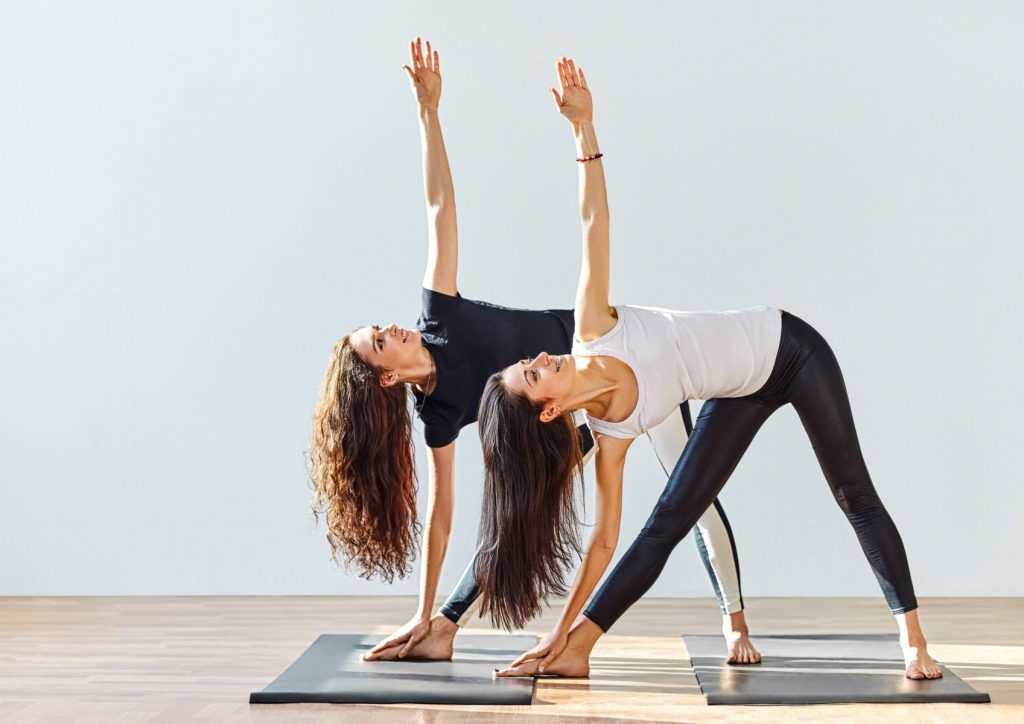
3. The Best Types of Exercise for Skin Health
Not all exercises offer the same benefits to the skin. While any form of physical activity is better than none, some exercises have specific benefits for skin health.
3.1. Cardio for Glowing Skin
Cardiovascular exercises like running, cycling, or dancing increase blood circulation, which helps deliver oxygen and nutrients to your skin. This helps with detoxification, skin regeneration, and improved complexion.
Running and cycling also promote sweating, which is a natural way for your body to rid itself of toxins. Just be sure to wash your face after your workout to prevent clogged pores and breakouts.
3.2. Strength Training for Firmer Skin
While strength training (like weightlifting or bodyweight exercises) is often associated with building muscle, it also contributes to skin health. Strength training boosts collagen production, which helps maintain your skin’s elasticity and prevents sagging.
Additionally, muscle development from strength training can help with overall body tone, making your skin look firmer and more youthful.
3.3. Yoga for Stress Reduction and Skin Rejuvenation
Yoga offers multiple benefits for both your mind and skin. Not only does it reduce stress and cortisol levels, but it also improves blood flow to the skin, helping to nourish and oxygenate skin cells.
Additionally, certain yoga poses can boost circulation in the face and neck, encouraging a natural glow. The focus on deep breathing during yoga helps reduce inflammation in the body, which can contribute to clearer, calmer skin.
3.4. Swimming for Hydrated, Healthy Skin
Swimming is a great full-body exercise that is easy on the joints and offers unique benefits for the skin. The chlorine in pool water can dry out the skin, so it’s important to moisturize afterward. However, swimming helps with detoxification, increases blood flow, and supports collagen production, contributing to healthier, firmer skin.
4. Post-Exercise Skincare: How to Maximize the Benefits
After your workout, your skin is in an ideal state to absorb nutrients, so it’s important to take the right steps to lock in the benefits:
- Cleanse: Wash off sweat, bacteria, and excess oil with a gentle cleanser to prevent clogged pores and breakouts.
- Tone: Use a hydrating toner to restore balance and remove any leftover impurities.
- Moisturize: Apply a nourishing moisturizer to lock in hydration and protect your skin after exercise. Look for formulas with ingredients like hyaluronic acid or vitamin E.
- Sun Protection: If you’ve been exercising outdoors, always finish with a broad-spectrum SPF to protect your skin from harmful UV rays.
Conclusion
Exercise is an essential part of any skincare routine, and its benefits go far beyond just physical fitness. Regular physical activity improves circulation, boosts collagen production, reduces stress, and promotes detoxification, all of which contribute to healthier, more radiant skin. Whether you’re looking to fight acne, improve skin elasticity, or simply achieve that natural glow, a consistent exercise routine is one of the best things you can do for both your body and skin.
So, the next time you lace up your sneakers or unroll your yoga mat, remember that you’re not just improving your physique—you’re also improving your skin health and enhancing your inner beauty.

